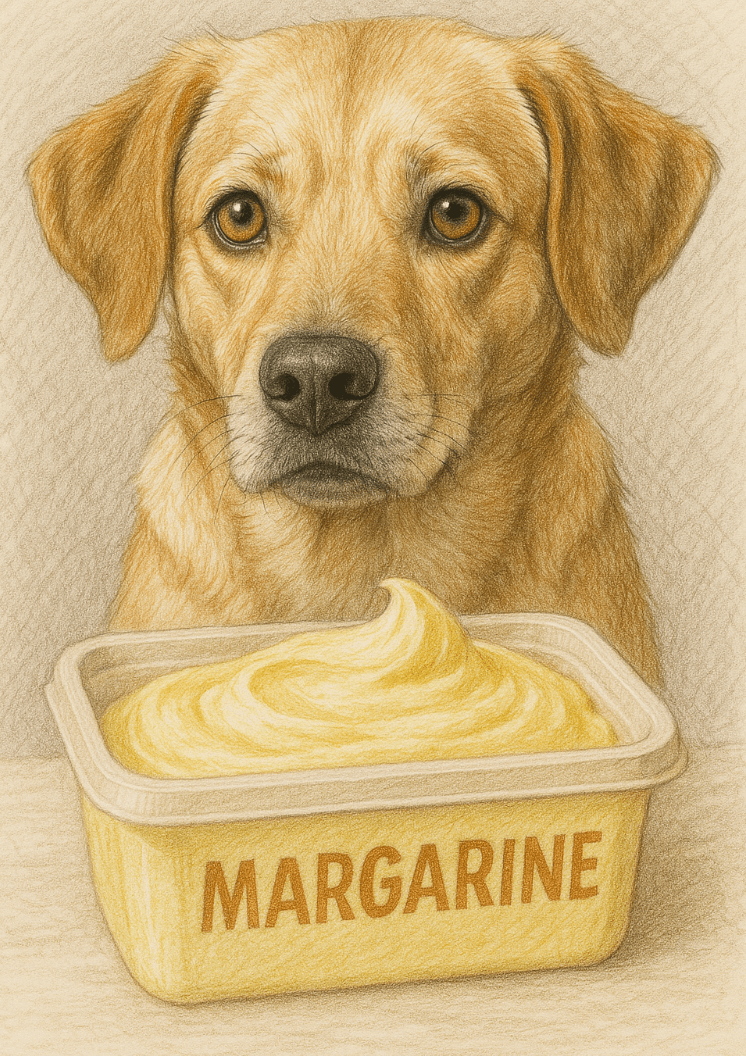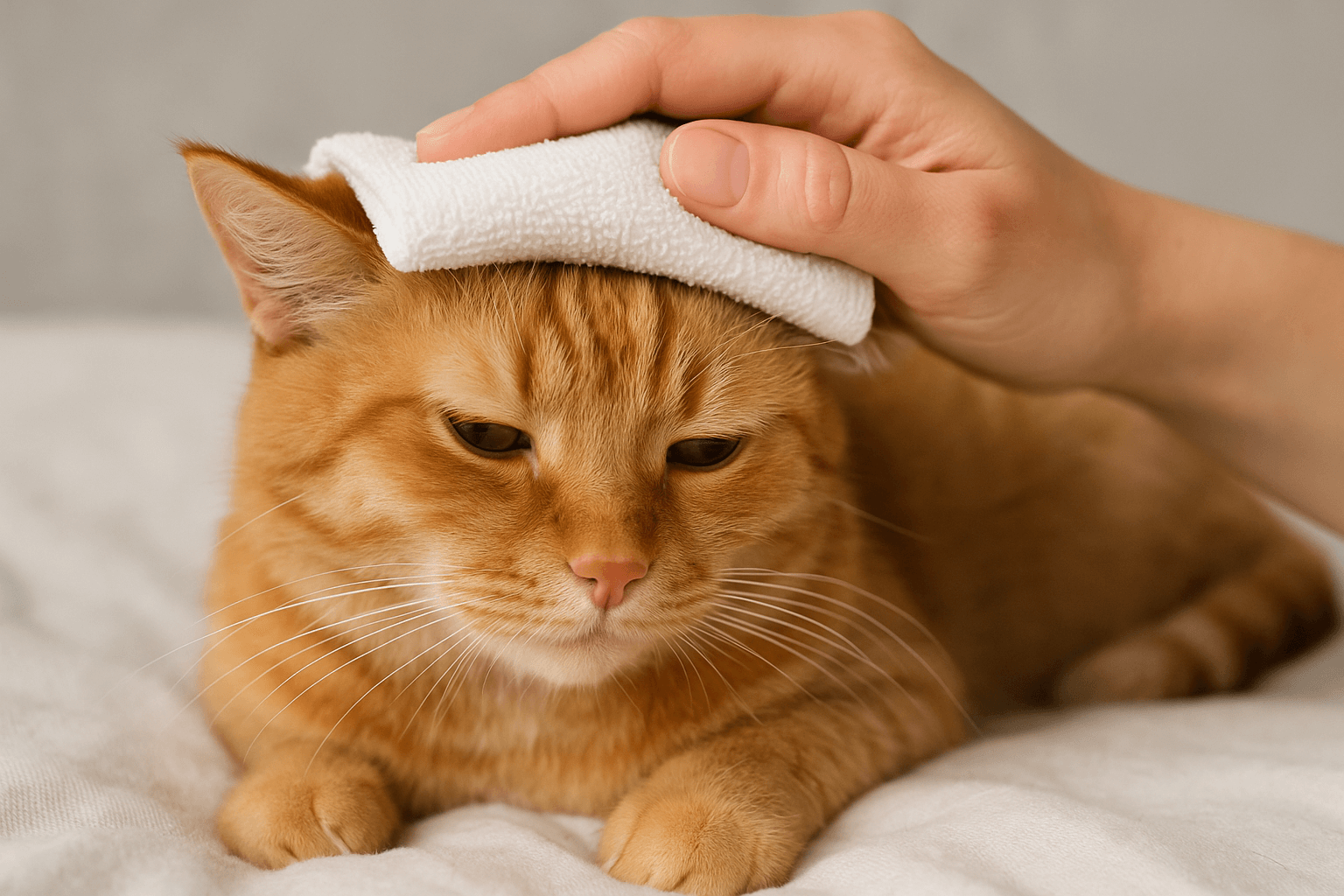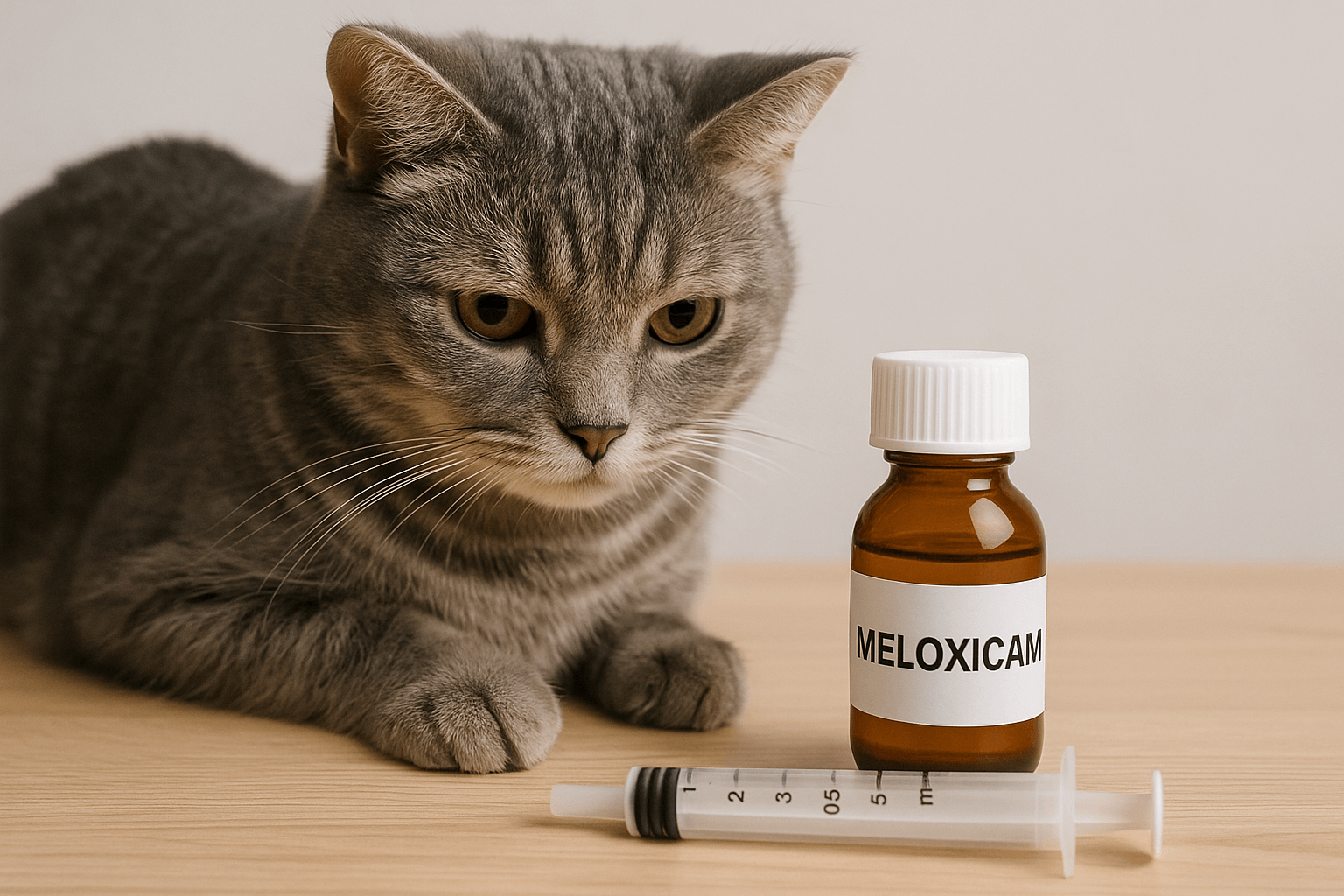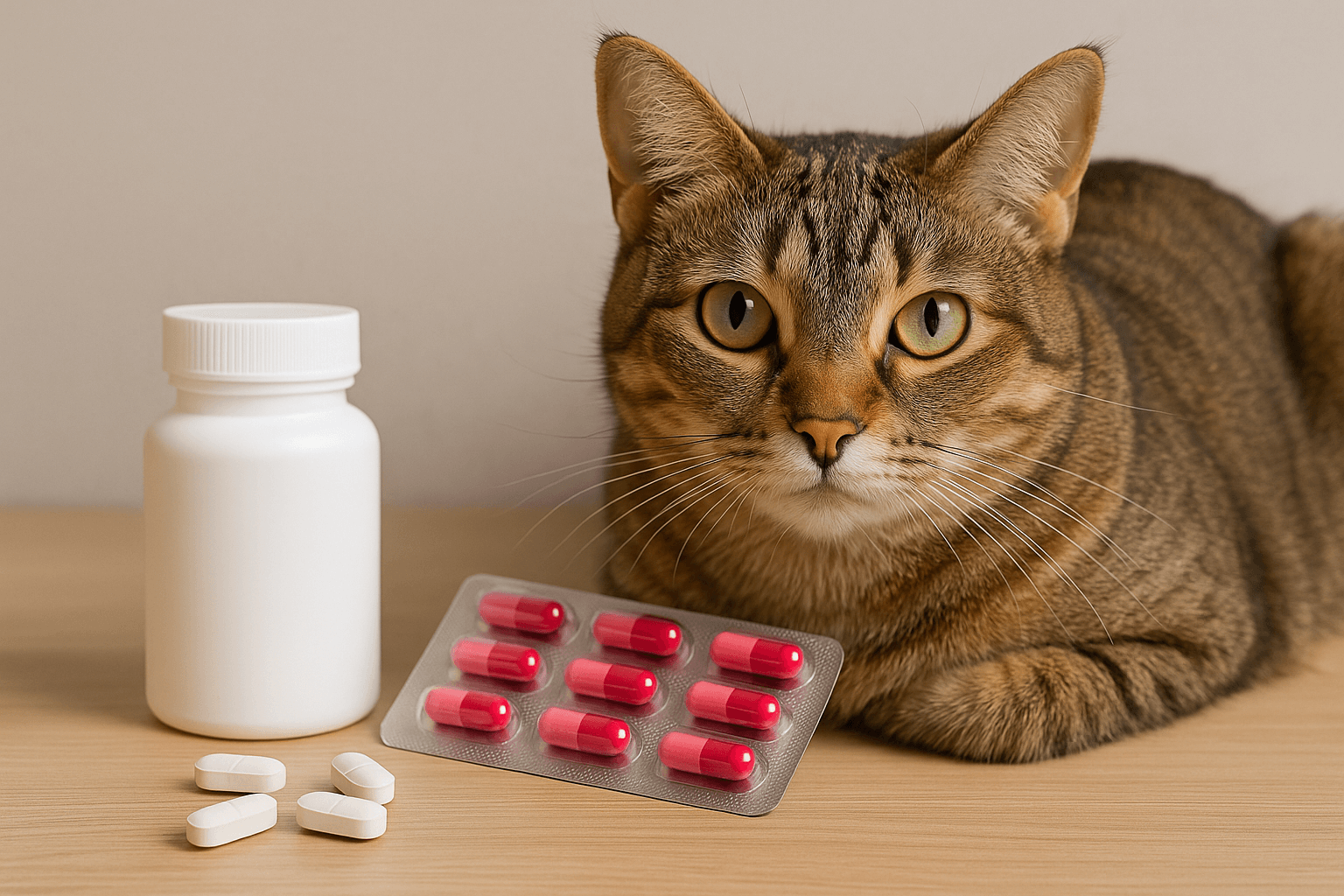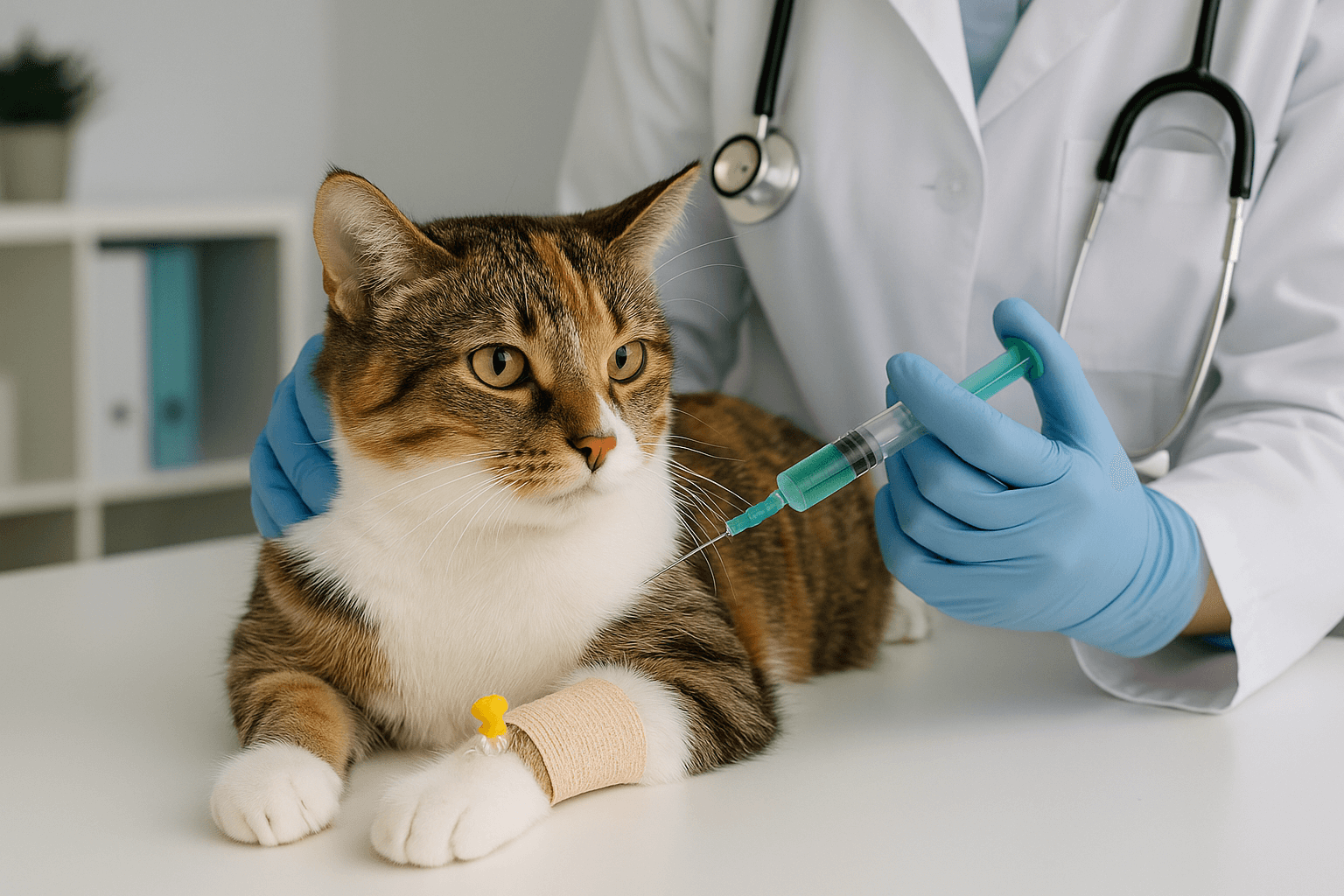Can Dogs Eat Margarine? What You Need to Know
When it comes to feeding our furry friends, many pet owners wonder whether certain human foods are safe for dogs. Margarine, a common household item, often raises questions about its safety and potential effects on canine health. While it may seem harmless, margarine is not part of a dog’s natural diet and can pose risks if consumed in large quantities or over time. Understanding the implications of feeding margarine to your dog is essential to ensure their well-being. In this blog post, we’ll explore the facts about margarine and dogs, including potential dangers, safer alternatives, and expert advice to help you make informed decisions about your pet’s diet.
Potential Risks of Feeding Margarine to Dogs
While margarine might seem like a harmless treat, it contains ingredients that can be harmful to dogs if ingested regularly or in large amounts. Here are some key risks associated with feeding margarine to your canine companion.
High Fat Content:
Margarine is rich in fats, which can lead to obesity, pancreatitis, or other digestive issues in dogs if consumed excessively.Artificial Additives:
Many margarine brands contain artificial flavors, colors, and preservatives that are difficult for dogs to digest and may cause allergic reactions.Lactose Intolerance:
Some margarines contain dairy products, which can upset the stomachs of lactose-intolerant dogs, leading to diarrhea or vomiting.Trans Fats and Processed Ingredients:
Margarine often includes trans fats and hydrogenated oils, which are unhealthy for dogs and can contribute to long-term health problems.Choking Hazard (Solid Margarine):
Large chunks of solid margarine can pose a choking risk, especially for smaller breeds or overly eager eaters.
These risks highlight why margarine should not be a regular part of your dog’s diet, even in small amounts.
Symptoms of Margarine Consumption in Dogs
If your dog accidentally eats margarine, it’s important to monitor them closely for any signs of discomfort or adverse reactions. Here are some symptoms to watch for after ingestion.
Upset Stomach:
Vomiting or diarrhea may occur as the dog’s body struggles to process the unfamiliar fats and additives.Lethargy:
A lack of energy or unusual tiredness could indicate that the dog is feeling unwell due to the high-fat content.Pancreatitis Signs:
Symptoms like abdominal pain, fever, or loss of appetite may suggest pancreatitis, a serious condition caused by fatty foods.Allergic Reactions:
Itching, swelling, or hives could signal an allergic response to artificial ingredients in the margarine.Dehydration:
Excessive vomiting or diarrhea can lead to dehydration, requiring immediate veterinary attention.
Recognizing these symptoms early allows you to act quickly and prevent further complications.
Check this guide 👉Can Dogs Eat Juniper Berries? Best 7 Expert Tips!
Check this guide 👉Can Dogs Eat Radicchio? Best 7 Expert Tips!
Check this guide 👉Can Dogs Eat Alligator? Best 7 Expert Tips!
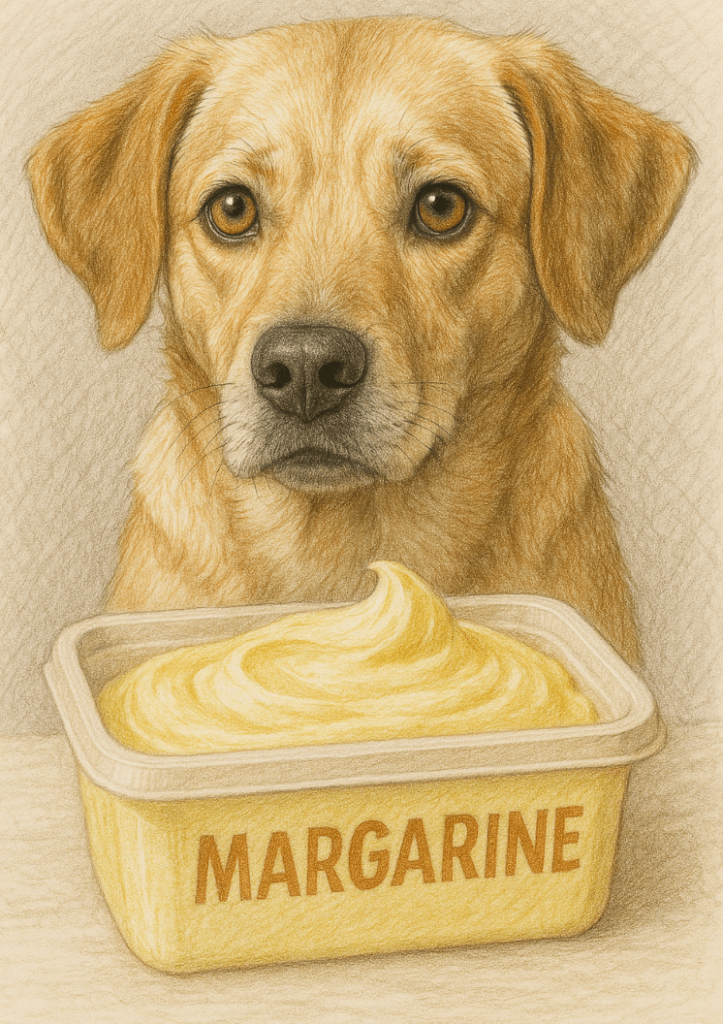
Safe Alternatives to Margarine for Dogs | Foods to Avoid Giving Your Dog |
|---|---|
Plain cooked chicken (no seasoning) | Margarine and other high-fat spreads |
Small pieces of plain yogurt | Processed foods with artificial additives |
Steamed vegetables like carrots or green beans | Chocolate and other toxic treats |
Peanut butter (unsalted, no xylitol) | Onions, garlic, and related spices |
Apples (seedless and sliced) | Grapes, raisins, and similar fruits |
How to Safely Handle Accidental Margarine Consumption
If your dog accidentally eats margarine, staying calm and taking appropriate steps can minimize potential harm. Follow these guidelines to address the situation effectively.
Assess the Quantity Consumed:
Determine how much margarine was eaten—a small amount is less concerning than a large quantity.Monitor for Symptoms:
Keep a close eye on your dog for any signs of illness, such as vomiting, diarrhea, or lethargy.Contact Your Veterinarian:
If you’re unsure about the impact or if your dog shows concerning symptoms, seek professional advice immediately.Provide Fresh Water:
Ensure your dog has access to plenty of fresh water to stay hydrated, especially if they vomit or have diarrhea.Avoid Inducing Vomiting Without Guidance:
Do not attempt to induce vomiting unless instructed by a veterinarian, as it may worsen the situation.
By acting promptly and responsibly, you can protect your dog’s health in case of accidental ingestion.
Healthier Treat Options for Your Dog
Instead of margarine, there are plenty of nutritious and dog-friendly treats you can offer to keep your pup happy and healthy.
Lean Proteins:
Cooked chicken, turkey, or beef (without seasoning) provide excellent sources of protein for active dogs.Fruits and Vegetables:
Blueberries, bananas, carrots, and pumpkin are tasty, nutrient-rich snacks that most dogs enjoy.Dog-Specific Treats:
Commercial dog treats formulated for specific dietary needs ensure balanced nutrition without unnecessary additives.Natural Peanut Butter:
Unsalted peanut butter without xylitol makes a great occasional treat for dogs who love something creamy.Homemade Snacks:
Baking homemade biscuits using dog-safe ingredients allows you to control what goes into your pet’s treats.
Choosing healthier options ensures your dog stays nourished and satisfied without compromising their well-being.
Common Mistakes When Feeding Human Foods to Dogs
Feeding human foods to dogs can be risky if done improperly. Here are some common mistakes pet owners make and how to avoid them.
Assuming All Human Foods Are Safe:
Many human foods, like chocolate or onions, are toxic to dogs and should never be shared.Overlooking Portion Sizes:
Even safe foods can cause harm if given in excessive amounts; moderation is key.Ignoring Ingredient Labels:
Processed foods often contain hidden ingredients like xylitol or artificial additives that are harmful to dogs.Feeding Table Scraps Regularly:
Table scraps can disrupt a dog’s balanced diet and lead to nutritional deficiencies or obesity.Not Consulting a Vet First:
Always check with your veterinarian before introducing new foods to ensure they’re safe for your dog.
Avoiding these mistakes helps maintain your dog’s health and prevents dietary mishaps.
Signs Your Dog May Have Eaten Something Harmful
Dogs are curious creatures and may ingest harmful substances accidentally. Recognizing the signs of poisoning or toxicity is crucial for prompt intervention.
Vomiting or Diarrhea:
These are common symptoms of gastrointestinal distress caused by eating inappropriate foods.Excessive Drooling:
Drooling can indicate nausea or irritation in the mouth or throat.Difficulty Breathing:
Labored breathing may suggest an allergic reaction or blockage in the airway.Seizures or Tremors:
Severe neurological symptoms can occur if your dog consumes highly toxic substances.Behavioral Changes:
Lethargy, restlessness, or aggression may signal discomfort or illness.
Acting quickly when you notice these signs can save your dog’s life in emergencies.
Tips for Preventing Accidental Food Ingestion
Preventing your dog from accessing harmful foods is the best way to ensure their safety. Here are some practical tips to safeguard your home environment.
Store Food Out of Reach:
Keep margarine, chocolate, and other hazardous items in cabinets or on high shelves where your dog can’t reach them.Use Pet-Proof Trash Cans:
Secure trash cans with lids to prevent scavenging behavior.Supervise During Meals:
Watch your dog closely during family meals to ensure they don’t sneak bites off plates or tables.Teach “Leave It” Commands:
Training your dog to respond to commands like “leave it” can help prevent accidental ingestion.Be Mindful of Guests:
Inform visitors not to feed your dog human food, as well-meaning guests may unknowingly offer something harmful.
Taking these precautions reduces the risk of accidental ingestion and keeps your dog safe.
Frequently Asked Questions About Dogs and Margarine
Is margarine toxic to dogs?
While not immediately toxic, margarine contains unhealthy fats and additives that can harm dogs if consumed regularly.
What should I do if my dog eats margarine?
Monitor your dog for symptoms and contact your vet if you notice any concerning signs or if a large amount was consumed.
Can margarine cause pancreatitis in dogs?
Yes, the high-fat content in margarine can trigger pancreatitis, especially in dogs prone to this condition.
Are there any types of margarine that are safe for dogs?
No type of margarine is considered truly safe or beneficial for dogs; it’s best to avoid it altogether.
What are the healthiest fats for dogs?
Healthy fats like those found in salmon oil, flaxseed oil, or coconut oil can support your dog’s coat and overall health when used sparingly.
Prioritizing Your Dog’s Health Over Convenience
While margarine might seem like a harmless indulgence, it’s not suitable for dogs and can lead to various health issues. By understanding the risks and opting for safer, healthier alternatives, you can ensure your furry friend stays happy, energetic, and free from unnecessary complications. Always prioritize your dog’s dietary needs and consult your veterinarian before introducing new foods. Remember, a little research and care go a long way in keeping your loyal companion thriving for years to come.
Cat Fever Treatment: Best 7 Expert Tips! Discover expert advice on identifying, managing, and treating fever in cats to ensure their quick recovery and well-being.
Understanding Meloxicam for Cats: Best 7 Expert Tips! Learn how to safely administer meloxicam, manage side effects, and ensure your cat's comfort with expert advice on feline pain relief.
Amoxicillin for Cat UTI: Best 7 Expert Tips! Discover safe usage, dosage guidelines, and expert advice on treating feline urinary tract infections effectively with amoxicillin.
Understanding Cat Cancer Treatment: Best 7 Expert Tips! Discover expert advice on managing feline cancer, from early detection to treatment options, ensuring your cat’s health and comfort.

